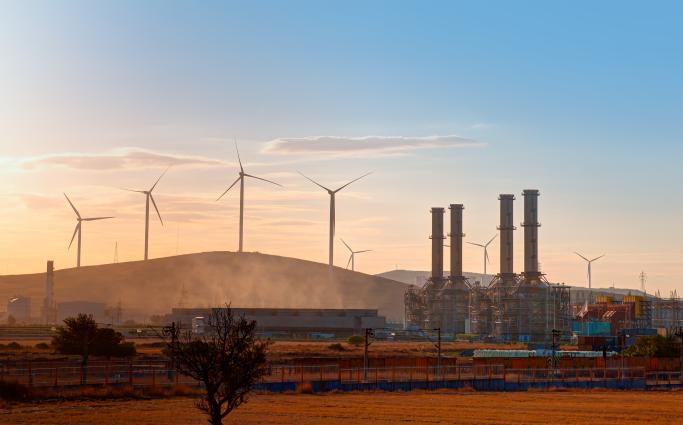
Voya’s energy experts take a deep dive into the re-awakening of U.S. electricity demand, and what it means for generation, transmission, and grid stability.
Power generation’s wake-up call
The Voya Private Credit Infrastructure team has been an active power generation investor for over 25 years. We’ve deployed client capital across a wide range of generation technologies, primary fuel types, locations, and regulatory environments. Growing demand for clean power, significant emissions reduction targets, and generous tax incentives have encouraged an enormous wave of renewable power development across the U.S., in which our clients are materially invested.
Power generation is a fascinating part of the energy industry. It resides at the intersection of multiple commodity markets, and both contributes to and depends on major macroeconomic variables—all while subject to continuous technological change.
Yet, apart from renewables, power has spent several years as something of a financial markets backwater. Slow-growth electric utilities seem boring alongside the Magnificent Seven, cryptocurrency ETFs, or whatever flavors-of-the-month the equity markets might otherwise offer.
Power demand growth in the U.S. has been flat for decades. ESG policies have made it challenging to attract investor capital for non-renewable thermal generation. Independent power producers owning fossil-fuel generation lost the equity market’s interest to such an extent that some took themselves private. So even though we enjoy thinking, talking and writing about power markets, our affection for the topic has not exactly won us invitations to flashy cocktail parties.
But recently, the winds of public opinion have changed. The financial press has been jammed with news, commentaries and think-pieces on artificial intelligence development—and the significant power resources necessary to support its deployment. The capital markets are looking beyond AI’s potential impact on corporate America to the “building blocks” that make AI possible in the first place: chip manufacturers, data centers—and, suddenly, power.
Tech industry missionaries are insistent that power capacity is a primary constraint on AI’s growth and widespread application. Our inboxes are burgeoning with consultants highlighting parabolic power demand growth and investment bank conference calls on how to play the theme. It feels like this is power generation’s wake-up call.
For this edition of our Energy & Infrastructure Quarterly, we will draw from our project financing insights to explain this renewed interest in power. After touching on recent market price signals, we cover some basics on how power is sourced and priced. We then move on to prevailing issues affecting supply and demand to explain the drivers of higher power prices and the concerns about supply adequacy.

